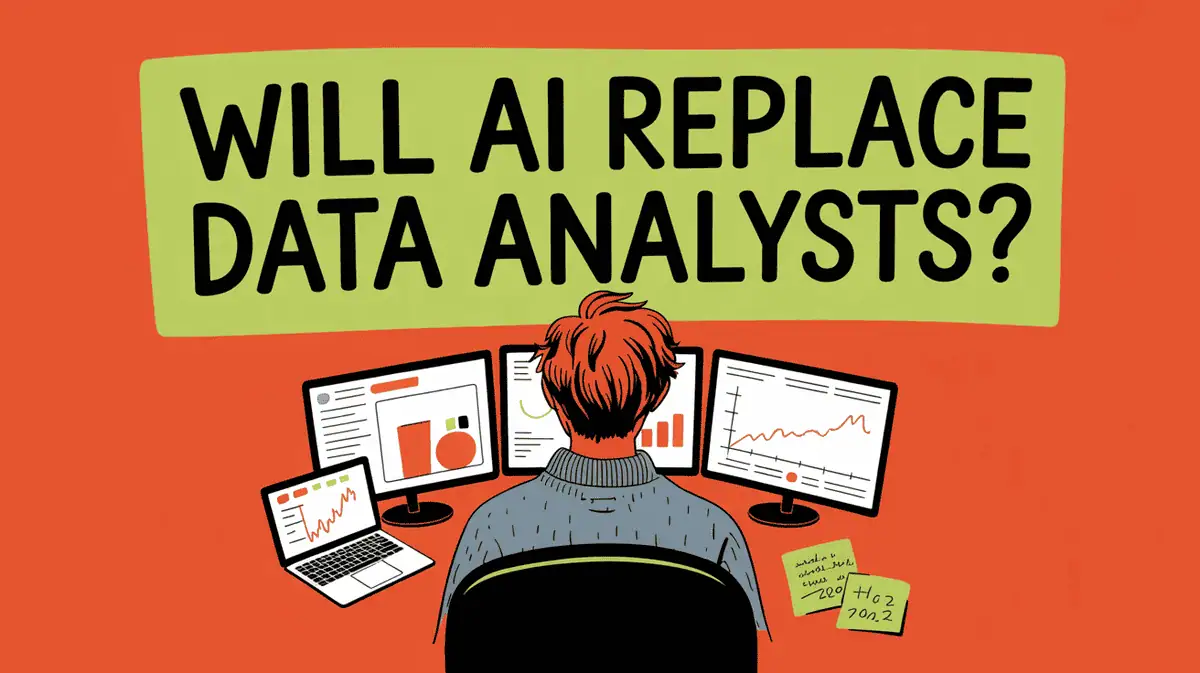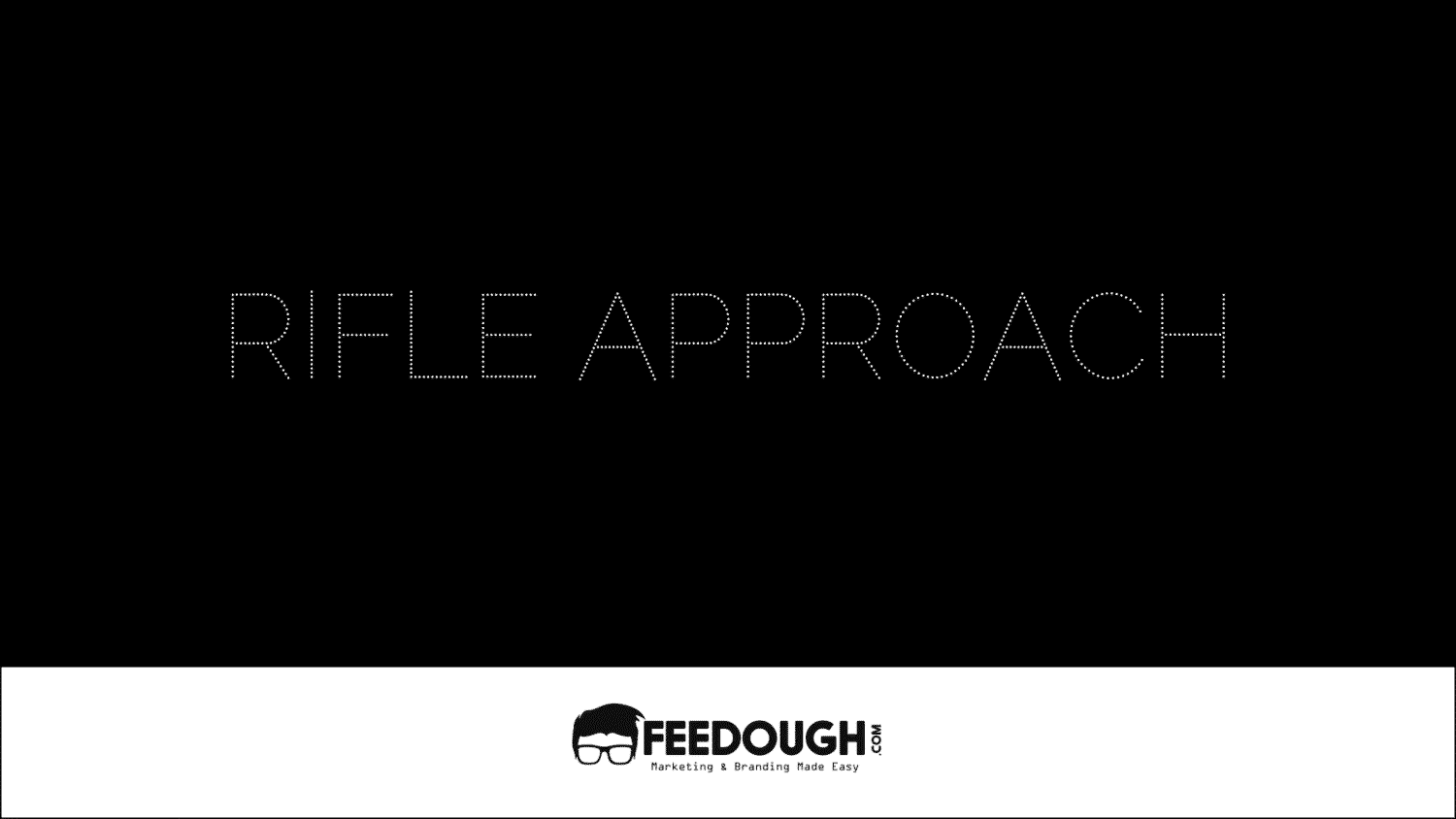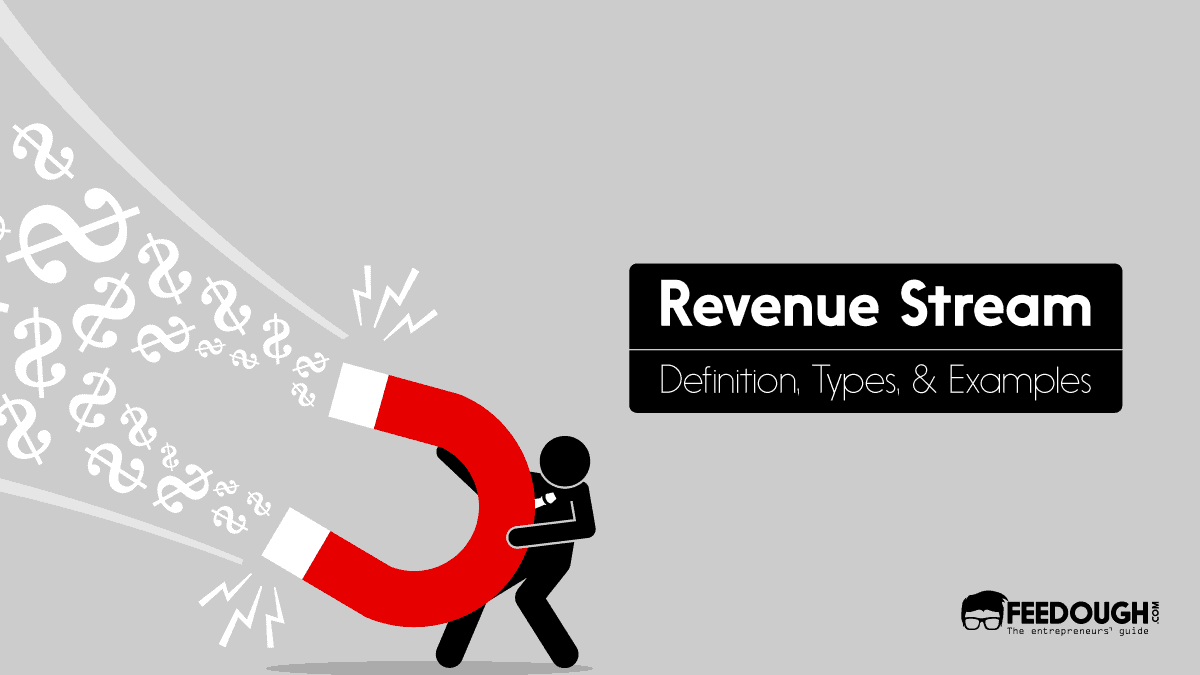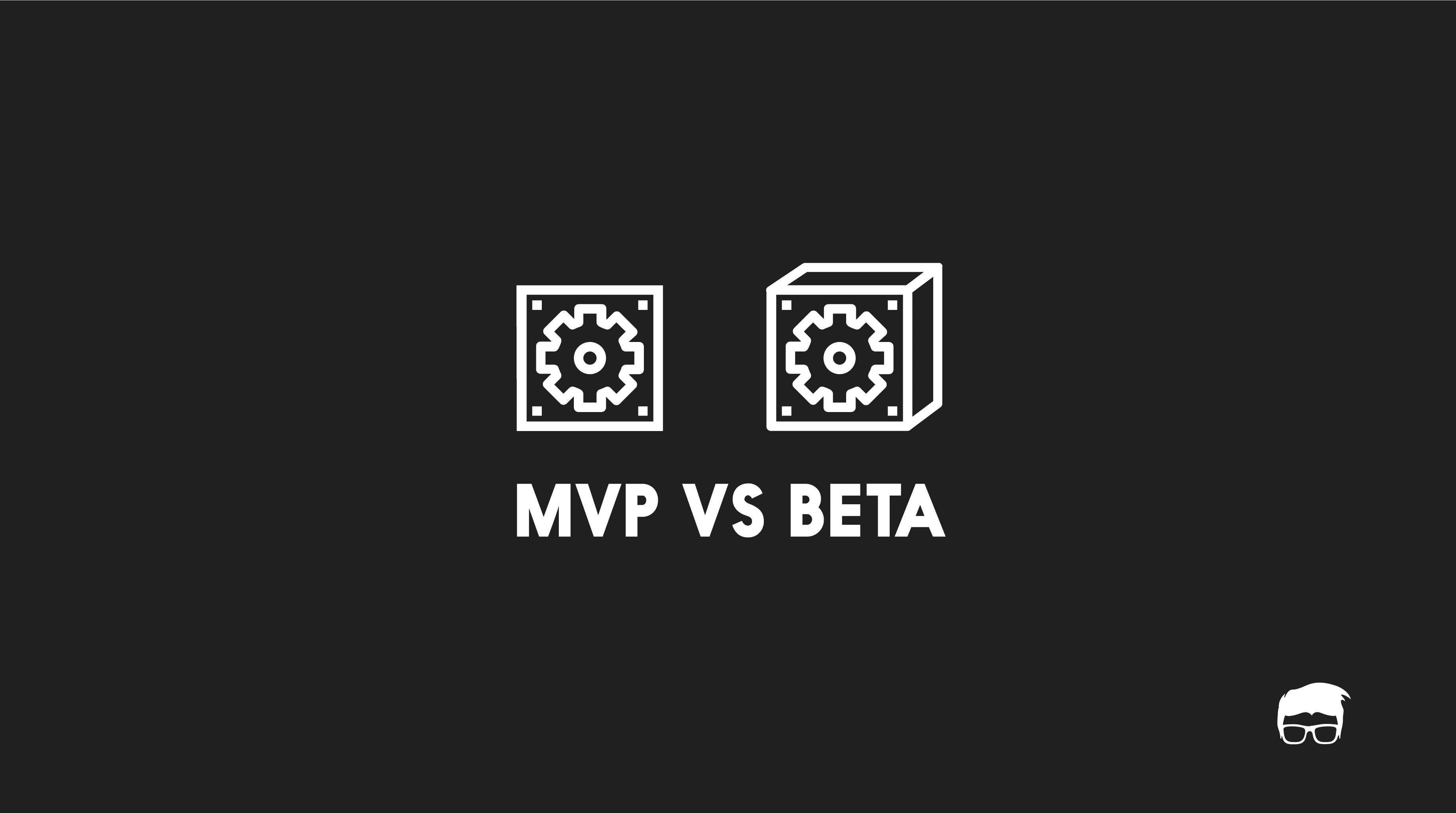Here’s what you’re really wondering: Will the next promotion cycle include a conversation about AI replacing your analytical role entirely?
You’re not alone in this concern. The data analyst job market is shifting faster than most professionals anticipated. AI tools now generate reports in minutes that once took hours.
But here’s the thing you might not be considering. The question isn’t whether AI will impact analytical roles. It already has. The real question is which parts of your work will become automated and which parts will become even more valuable.
Part of you probably sees AI as a threat. Another part wonders if it might actually make your job more interesting. You’re right on both counts, and that’s exactly the complexity we need to unpack.
Let’s think about this honestly. What makes a data analyst irreplaceable, and what doesn’t?
The Current State of Data Analyst Employment in 2025
Here’s what the numbers actually tell us – and it’s messier than the headlines suggest.
The Bureau of Labour Statistics projects data analyst-related positions will grow 11-23% through 2033, well above the national average. But here’s where it gets interesting. PwC’s 2025 Global AI Jobs Barometer shows something you might not expect – AI is simultaneously eliminating routine tasks while creating demand for specialised analytical roles.
What you’re seeing in the job market right now is a split. Entry-level positions that focus on basic data cleaning and simple reporting? Those are shrinking. But roles requiring domain expertise – healthcare analytics, financial modelling, marketing intelligence – those are expanding.
The thing is, companies aren’t just looking for people who can run SQL queries anymore. They want analysts who understand their industry, can translate business problems into data questions, and explain complex findings to non-technical teams. That’s exactly what AI can’t replicate.
From what you can tell looking at current job postings, employers are doubling down on specialisation. Python skills appear in 31% of data analyst job listings, but domain knowledge and communication skills are becoming equally critical. It seems like the market is saying: “We’ll handle the routine stuff with automation, but we still need humans who can think.”
You’re not seeing wholesale job elimination. You’re seeing job evolution. The question becomes: which analysts will adapt, and which won’t?
What AI Can Actually Do in Data Analysis
So here’s the thing – after testing several AI tools myself, you start to see where they actually deliver value versus where they just promise it. Let’s cut through the noise and look at what’s working right now.
Tasks Being Automated by AI Tools
The most practical wins are happening in routine tasks. Power BI Copilot can now generate SQL queries from plain English requests. You type “show me monthly sales by region” and it writes the query. That’s genuinely useful.
BigQuery’s AI features handle data cleaning automatically – detecting anomalies, suggesting corrections, and flagging inconsistent formats. What used to take hours of manual scanning now happens in minutes. Data visualisation tools create basic charts based on data patterns they detect.
Plus, AI data agents can summarise large datasets and highlight key trends without you having to build complex dashboards first. They’re essentially doing the first pass of analysis.
Speed and Efficiency Gains
The speed improvements are real. Tasks that took a junior analyst half a day – cleaning data, writing basic queries, creating standard reports – now happen in 10-15 minutes.
But here’s what you notice: the AI handles the groundwork, not the thinking. It prepares data, generates initial visualisations, and creates template reports. The strategic questions – what does this mean for the business, which metrics matter most, how to present findings – those still need human judgment.
What this means for you is that AI becomes a powerful assistant for the mechanical parts of data work, freeing up time for the analytical parts that actually matter.
Where Human Judgment Remains Critical
That’s where things get interesting. While AI handles the grunt work beautifully, the most valuable parts of data analysis remain stubbornly human. These aren’t just gaps in current AI technology – they’re fundamental aspects of analytical work that require the kind of nuanced thinking machines simply can’t replicate.
You see, the difference between generating a chart and actually understanding what it means for a business is enormous. That gap represents the core value that human analysts bring to the table.
Business Context and Stakeholder Communication
Here’s something AI can’t figure out: why your marketing director gets nervous when conversion rates dip in Q3, or why the CEO suddenly cares about customer acquisition costs after that board meeting. Human analysts live in this world of organisational politics, strategic priorities, and contextual interpretation that shapes how data should be presented and what questions actually matter.
You’re constantly translating between two languages: the language of data and the language of business stakeholders. When you present findings to executives, you’re not just sharing numbers – you’re reading the room, adjusting your message based on their reactions, and knowing which details to emphasise based on current company challenges.
Data Quality Assessment and Ethics
AI can spot obvious data inconsistencies, but it can’t smell something fishy about a dataset. You develop this almost intuitive sense about when numbers don’t feel right – maybe the sample size seems too convenient, or the results align a little too perfectly with what leadership wants to hear.
Plus, there’s the ethical dimension that keeps you up at night. Should you really be tracking this user behaviour? Is this predictive model accidentally discriminating against certain groups? These aren’t technical problems with clear solutions – they’re judgment calls that require wrestling with competing values and potential consequences.
Complex Problem-Solving and Hypothesis Formation
The real magic happens when you’re staring at anomalous data and your brain starts connecting dots that weren’t obvious before. Maybe declining sales in Region A correlate with a new competitor’s expansion, but only if you know that competitor just hired your former regional manager. Complex analysis like this, rooted in understanding text analytics, domain knowledge, and institutional memory, requires the ability to form hypotheses that go beyond what’s visible in the data.
You’re constantly asking “what if” questions that an AI wouldn’t think to explore. What if this trend reverses next quarter? What if we’re measuring the wrong thing entirely? What if there’s a hidden variable we haven’t considered? This kind of creative scepticism drives the breakthroughs that actually move businesses forward.
The Evolution of Data Analyst Roles
Here’s what’s actually happening in companies right now – and it’s not what the doomsday predictions suggest.
Analysts aren’t getting pushed out. They’re getting pulled up. The routine stuff that used to eat up 70% of their day? AI handles that now. Which means analysts finally get to do what they’ve always wanted: solve real business problems.
From Data Processing to Data Strategy
You’re seeing this shift everywhere. Instead of spending hours cleaning datasets, analysts now focus on asking the right questions. They design experiments. They challenge assumptions. They translate complex findings into actionable strategies.
Take Sarah at a mid-size retail company. Six months ago, she spent most of her time pulling reports. Now she’s working directly with the marketing team to predict customer lifetime value and design retention campaigns. The AI handles the data crunching. She handles the “so what?” part.
That’s the pattern emerging across industries. Data processing becomes automated. Strategic thinking becomes essential.
New Skill Requirements for 2025
The skillset is definitely evolving. You still need statistical thinking, but now you also need to know how to work alongside AI tools. Prompt engineering isn’t just a buzzword – it’s becoming as important as knowing Excel was five years ago.
Plus, communication skills matter more than ever. When AI can generate insights in seconds, the real value comes from explaining what those insights mean for the business. You’re becoming less of a data processor and more of a business translator.
Cross-functional collaboration is huge too. Analysts are joining strategy meetings, leading project teams, and influencing major business decisions in ways that weren’t possible when they were buried in spreadsheets.
Industry Variations in AI Adoption
Here’s what’s fascinating about this whole transformation – it’s not happening at the same speed everywhere. You’re seeing wildly different adoption rates across industries, and honestly, this surprised you more than you initially expected.
Take healthcare versus tech companies. In healthcare, you’re dealing with FDA regulations that require extensive testing before any AI tool touches patient data. Hospitals are moving cautiously – they might use AI for scheduling or basic administrative tasks, but clinical decision support? That’s still heavily regulated territory. Healthcare analysts are adapting slowly, focusing on compliance and risk assessment alongside traditional data skills.
Meanwhile, tech companies are basically the Wild West of AI adoption. They’re implementing AI analytics tools at breakneck speed. E-commerce and retail aren’t far behind – Amazon’s been using AI for demand forecasting for years, and smaller retailers are catching up fast. Analysts in these sectors are already neck-deep in prompt engineering and model fine-tuning.
Financial services sit somewhere in the middle. They want AI’s power for fraud detection and risk modelling, but regulatory compliance slows things down. Banking analysts are learning to work with AI while navigating strict oversight requirements.
What this means for you? Your industry matters more than you might think. If you’re in a highly regulated field, you’ve got more time to adapt. But if you’re in retail or tech, the transformation is happening right now. The skills you need and the timeline you’re working with depend heavily on which sector you’re analyzing data for.
What This Means for Current and Aspiring Analysts
Here’s what you need to know: the analysts thriving in five years won’t be the ones fighting AI. They’ll be the ones working alongside it.
You’re probably wondering where you fit in this picture. Whether you’re knee-deep in spreadsheets right now or thinking about jumping into data analysis, the path forward isn’t about becoming obsolete. It’s about becoming irreplaceable in ways AI can’t touch.
Skills to Develop Now
Start with AI literacy, but not in the way you might think. You don’t need to become a machine learning engineer. You need to understand what AI can and can’t do so you can spot its blind spots.
Focus on advanced statistical methods that go beyond basic correlation analysis. Think experimental design, causal inference, and understanding when your data is lying to you. AI can crunch numbers, but it struggles with knowing when those numbers don’t make sense.
Domain expertise becomes your secret weapon. The more you understand your industry’s nuances, the more valuable you become. AI might flag unusual patterns in healthcare data, but it takes human insight to know whether that pattern indicates a breakthrough or a billing error.
Communication skills matter more than ever. If you can translate complex findings into clear business recommendations, you’re golden. AI can generate charts, but it can’t sit in a boardroom and explain why the CEO should pivot strategy based on what the data reveals.
Career Positioning Strategies
Position yourself as an AI-augmented analyst rather than competing with automation. This means learning to use AI tools effectively while bringing uniquely human capabilities to the table.
Become the person who validates AI outputs and catches its mistakes. Every algorithm has assumptions built in. Your job is understanding those assumptions and knowing when they break down in real-world scenarios.
If you’re early in your career, focus on roles that combine analysis with strategy or business development. These hybrid positions are harder for AI to replicate because they require understanding context, politics, and human behavior.
The Verdict: Transformation, Not Replacement
So will AI replace data analysts? After looking at employment trends, current AI capabilities, and industry realities, the answer is clear: AI will transform the role, not eliminate it.
Here’s what you can expect. Over the next 5-10 years, routine data tasks will increasingly shift to AI tools. You’ll spend less time cleaning datasets and more time interpreting results. The analysts who thrive will be those who embrace AI as their analytical partner, not their replacement.
Complete replacement? It’s not happening. AI still can’t navigate organisational politics, understand nuanced business contexts, or make judgment calls when data tells conflicting stories. These human elements aren’t disappearing—they’re becoming more valuable.
The profession is evolving, not dying. You’re looking at higher-level work, better tools, and roles that blend technical skills with strategic thinking. Yes, you’ll need to adapt. But adaptation beats obsolescence every time.
If you’re worried about job security, channel that energy into becoming AI-augmented. Learn the tools, develop your strategic thinking, and position yourself as the analyst who bridges data insights with business decisions. That’s where the future lies—and it’s a future with data analysts firmly in the picture.
A startup consultant, digital marketer, traveller, and philomath. Aashish has worked with over 20 startups and successfully helped them ideate, raise money, and succeed. When not working, he can be found hiking, camping, and stargazing.




![How to Write Meeting Minutes [A Beginner's Guide] How to write meeting minutes](https://www.feedough.com/wp-content/uploads/2024/09/How-to-write-meeting-minutes-150x150.webp)




